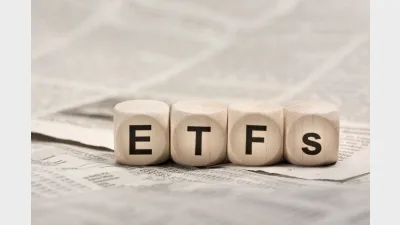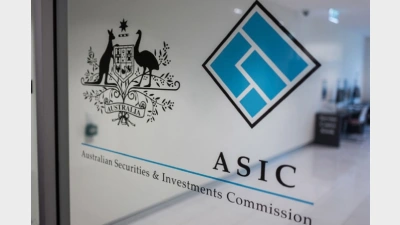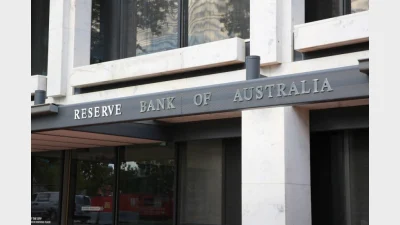Driving returns
Superannuation represented a good investment for Australians even before the Federal Government introduced additional tax breaks in the May Budget.
That is the bottom line of data compiled by a range of ratings houses, which have pointed to the double-digit returns recorded by virtually all superannuation funds last financial year.
And the good news for superannuation fund members is, despite a relatively slow start to 2006-07, the early signs are for another 12 months of double-digit returns, albeit at levels slightly below that of last year.
Super Review decided to find out which funds performed best in 2005-06 and why, and asked the Heron Partnership to not only provide its assessment of the best performers last financial year, but the factors that drove those returns.
The results were surprising, revealing that size, while important, was not the ultimate determinant in generating better than average returns for members. Thus, while the names of major funds such as AustralianSuper figured prominently, it was the relatively boutique industry fund — the Australian Meat Industry Superannuation Trust (AMIST) — that emerged at the top of the Heron ratings scale for ‘balanced/growth’.
It is also informative that while industry funds dominated the top 10 positions in the ‘balanced/growth’ sector, it was the commercial master trusts that dominated the standings with respect to the more aggressive investment settings.
The Heron survey deals only with multi-manager investment options and assumes that the most common ‘default’ options usually have a bias to growth assets in the range of 65 per cent to 79 per cent, which sees them classified by Heron as ‘balanced/growth’.
Based on Heron’s research, AMIST, through its AMIST Balanced Option (75 per cent growth/23 per cent debt), achieved the highest return in this category for the three and five-year periods ending June, 2006. For the one-year period it ranked fifth.
By comparison, AustralianSuper’s Balanced Option (75 per cent/25 per cent) ranked first for the one-year period and third for the three and five-year periods.
Heron Partnership managing director Chris Butler pointed out that AMIST was one of the smaller industry funds, with a little over $500 million in assets, compared with the over $20 billion held by AustralianSuper.
He pointed out that both funds used asset consultant JANA Investment Consultants, albeit that AustralianSuper used Frontier Investment Consulting with respect to domestic equities and infrastructure.
Another large industry fund to emerge well up the scale in the Heron Partnership ratings was retail industry fund REST, which is also advised by JANA.
The Heron data revealed that REST achieved the best outcome over five years for those options categorised as ‘balanced’, with growth assets in the range of 45 per cent to 64 per cent.
However, Legg Mason’s Corporate Superannuation Trust achieved the highest return in the category over three years, while for the latest year, Sunsuper ranked first, pushing the big Queensland-based fund to second over a three-year timeframe.
Looking at more aggressive ‘growth’ options (80 per cent to 90 per cent) in growth assets, the Heron data revealed HEST as generating the highest returns over a five-year period, while IOOF via its Superannuation Portfolio Service and Westscheme achieved the top positions over three and one-year periods respectively.
Butler said that over these one, three and five-year periods, the commercial master trusts, rather than industry funds, filled more of the top 10 performance positions for the Heron-classified ‘balanced’ options by a wide margin, with a similar outcome for ‘growth’ options, but with less of a margin.
He said that for the options classified as ‘balanced/growth’, the absolute majority of top 10 positions were held by industry superannuation funds.
Recommended for you
The structural shift towards active ETFs will reshape the asset management industry, according to McKinsey, and financial advisers will be a key group for managers to focus their distribution.
ASIC has warned that practices across the $200 billion private credit market are inconsistent and, in some cases, require serious improvement.
A surge in electricity prices has driven the monthly Consumer Price Index to its highest level in a year, exceeding forecasts.
Infrastructure well-positioned to hedge against global uncertainty, says investment chief.







